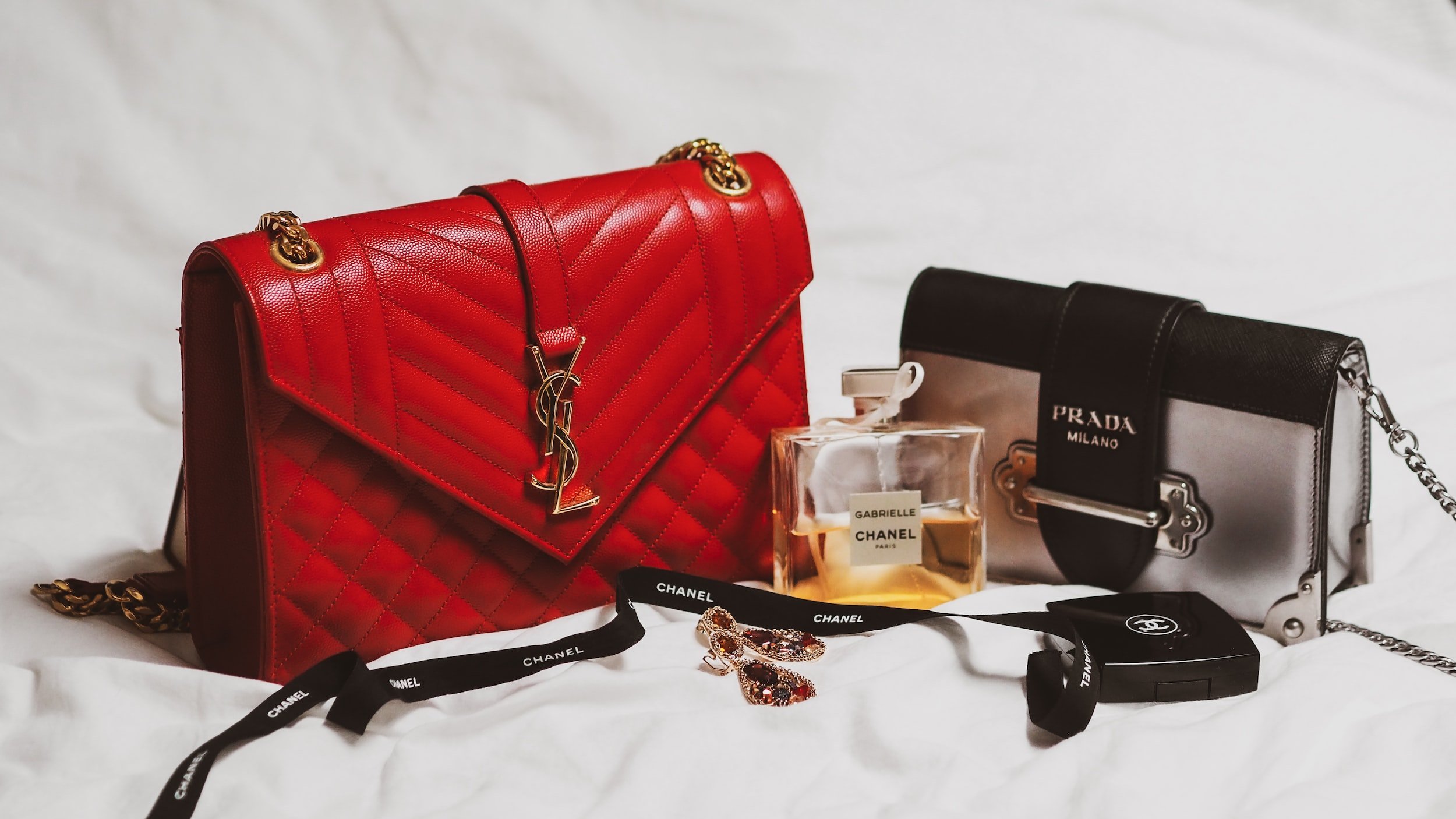Why young South Koreans spend more on luxury items
Long ago in Korea, luxury brands were a symbol of success and power that only middle-aged or old rich and successful people could afford. Recently, the luxury market in Korea has completely transformed. Not only the millennials in their 20s and 30s are crazy about luxury, but teenagers are also willing to spend thousands for it.
This is because the consumption of luxury goods among the MZ generation - a Korean term that refers to millennials and Generation Z (people born between the 1980s and 2010s) - has increased tremendously. The proportion of luxury goods sales at Lotte Department Store within the consumers in their 20s and 30s has increased significantly to 38.2% in 2018, 41.4% in 2019, and 44.9% in 2020.
How can the MZ generation afford luxury goods ?
Are you familiar with the expression “SPINE BREAKER” ?
The word ‘spine breaker’ was created about 10 years ago when The North Face launched its padded jackets (300 to 500 euros), which
were very popular among Korean teenagers. In high school and even middle school, student were often bullied for not owning the trendy item.
“Spine breaker” refers to parents working so hard that their spine breaks to be able to afford expensive clothes for their children.
Here are the lyrics of famous Korean boyband BTS song named “Spine breaker” :
« [Verse 1: Suga]
With shoes worth a couple hundred, padded jacket worth a couple thousand
With a watch worth a couple hundred you feel good about yourself
Education goes over the hill and student identity goes over the hill too
The class system of the 21st century is divided into two
Those who have and those who haven’t
Those who wear the shoes and those who don’t
Those who have the clothes and those who don’t
And those who try hard to get those things
What’s going on? Are you falling behind on the trend?
You whined and complained to get it, did I strike a nerve?
In your padded jacket, your greed fills it up
Even after seeing your parents’ curved spines, you’re so coldhearted
You complain that all your friends have it and that they should buy it for you
(Ayo baby) stop being so immature
You won’t freeze just because you don’t have that jacket
Fill your head with good sense before it’s too late
»
This trend mostly started with Korean celebrities (actors, Kpop idols, influencers) wearing long padding for partnerships with brands.
South Korean winter are really rough, long padding was the perfect balance between staying warm and “trendy”.
On the gallery we can see ads of BTS x Puma, Blackpink x Adidas and Twice x Nike
« The main reasons why adolescents are attracted to designer brands were, “fear of falling behind a trend” chosen by 28 percent of respondents, and “it feels I’m the only one without them” chosen by 17 percent. »
Why did luxury sales increase so much among young adults ?
Even if young adults find a job, many in their 20s and 30s are still dependant on their parents due to the ridiculously high housing prices in Korea.
According to data released this year by Statistics Korea, 54.8% of unmarried people in their 30s still live with their parents.
Many people choose to give up buying a house and instead pursue their own happiness by increasing their consumption of luxury goods.
Because they can not buy a house and stay at their parents place, they spend their salary on sport car and designer bags.
We also interviewed the Korean community in France and one of the most popular consumption is :
« There is a perception that the older you get, you must own a luxury product that is suitable for your age. »
« The rise in housing prices has forced many young people to give up on the idea of starting a family or even getting married. They start to spend the money only for themselves »
Flex culture became a thing in Korea
The FLEX culture refers to showing off one’s success or wealth. Since the younger generation is very familiar with social media,
they like to show off their purchases with the hashtag #FLEX on Instagram.
« For adolescents, uploading videos or photos of fancy items is simply a way of expressing that they are superior to others by showing off expensive products that their peers can’t afford. Other teenagers who are influenced by those posts on social media follow suit out of peer pressure. »
Instagram post with #플렉스 (Flex in Korean)







